“World Class” Artificial Surf Reefs


bump


looks so easy..frustrating its not being done somewhere.


I'm generally a pretty optimistic fellow, but on the subject of artificial reefs I am decidedly pessimistic. It would be great if this thing works but I'm not holding my breath.
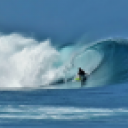

Seems most of the stationary near shore reefs haven't really ever worked. Thoughts on placing more of a bombie style reef setup offshore of straight hand beachies to create refraction and turn surfing wastelands into pumping A frame wedges? Would imagine artificial reefs like a submerged ship dumped in the right place's would have a longer lifespan without being buried in sand, moved around, or sinking. Could double as a fish sanctuary/dive hotspot too if done correctly. Having said that, environmentally, could be pretty suss just dumping more stuff in the ocean.
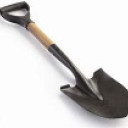

Bombie style reefs would work if placed the correct distance offshore, but like any artificial reef it needs to be built on rock to be permanent. There's a lot of close inshore rocky reef areas on the east coast, and where there is sand there will always be solid bedrock underneath. In places the depth of sand to bedrock would be too great for it to be plausible though.
They need to stop building reefs on sand. It doesn't matter how good the design is, if it's on sand it'll end up sinking.
Dunno if sinking ships would work. Some commenters here reckon 250 t concrete tetrapods would move so a ship wouldn't stand a chance of staying put. Plus the risk of it breaking up.
But on the other hand parking a ship on the beach at Byron might save a few millionaires beachfront houses so that might work hahahaha. Pasha Bulka round 2...


Tahlija Redgard's dad/local
https://www.abc.net.au/news/2024-01-28/diy-surf-break-built-by-mates-at-...
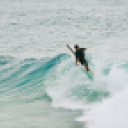

The perfect place for an artificial reef would be Tugun beach,for sure. So many perfect straighthanders unload there…
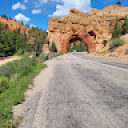

Hello, I t appears that we may have something in common. I have a patented wave generating system that is scalable, portable and able to create infinite combinations of waves using a swell generator and a reef, both of which are adjustable for the perfect wave. If this sounds like something you are interested in, please reply to my email with any questions.


This what you're talking about, James?

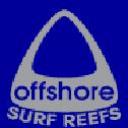
To date we have seen many attempts at building artificial reefs using tyres, sand-filled geotextile bags, inflatable rubber bladders, GPS positioned rocks, all of which have failed to deliver “World Class” surf breaks.
So, here on this forum, let’s have an open discussion of what didn’t work, what might work, and why. I’m sure there are Swellnet readers with some expertise in the field, and many more with interesting opinions and insights.
Here is my proposed reef design, go to - www.offshoresurfreefs.com
I welcome any questions or comments on my Offshore Surf Reef concept, and also comments on all previous attempts by others to create surf breaks.
If anyone has any other new reef designs/other information to share please post them here and join the discussion.
The aim of this thread is to build an informed view of the direction artificial surf reef design/funding/implementation should be moving.